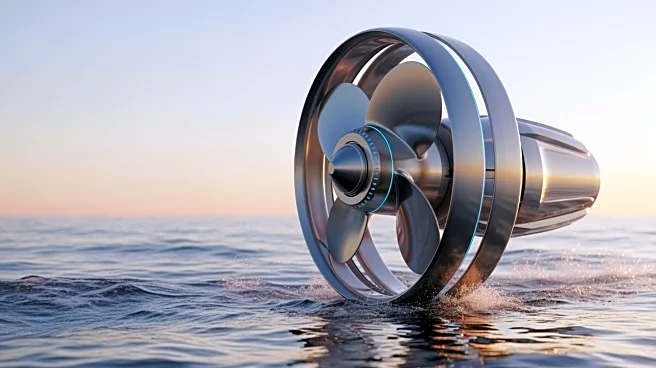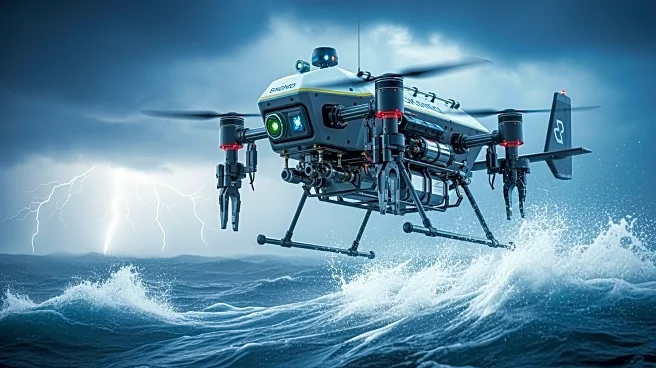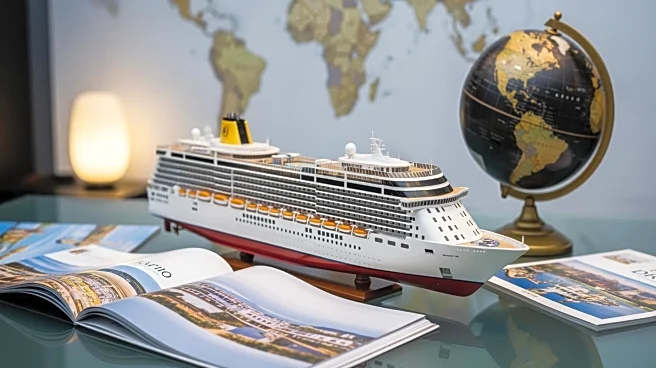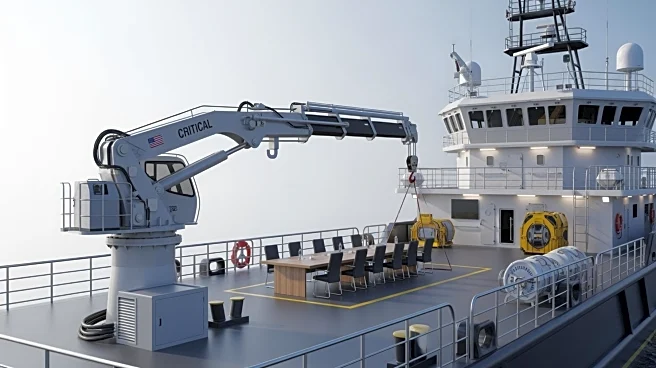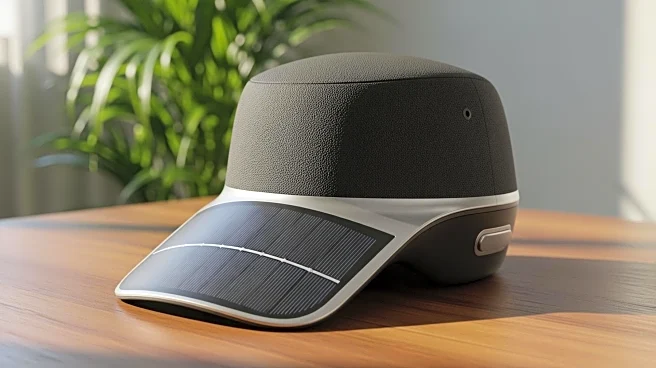What's Happening?
Vessev has introduced the VS-Drive, a podded propulsion system designed to revolutionize electric marine performance. This innovation features a submersible motor with advanced active cooling and custom direct-drive brushless motors in a modular design.
The VS-Drive powers Vessev's nine-meter battery-electric hydrofoiling catamaran, the VS-9, which offers smooth, silent, and emissions-free travel. The system is set to be scaled to other models, including 12 and 18-meter vessels, as well as a recreational vessel soon to be launched. The VS-Drive connects directly to the propeller, eliminating gearboxes and long driveshafts, thus reducing energy loss and enhancing efficiency. It boasts a continuous output of 65 kW (90 horsepower) at 25 knots. Built for durability, the system includes long-life bearings and real-time health monitoring sensors. Its modular design allows for easy disassembly and servicing, providing operators with peace of mind. The VS-Drive's vectorable rudder mounting enhances low-speed maneuverability, and its retractable foiling system supports operation in diverse marine environments. The development of the VS-Drive was co-funded by New Zealand's Low Emission Transport Fund, managed by the Energy Efficiency and Conservation Authority.
Why It's Important?
The introduction of the VS-Drive propulsion system marks a significant advancement in electric marine technology, potentially setting new standards for efficiency and sustainability in the industry. By reducing energy loss and enhancing performance, the system could lead to lower operational costs and increased adoption of electric vessels, contributing to reduced emissions in marine transportation. This aligns with global efforts to combat climate change and transition to cleaner energy sources. The modular design and real-time monitoring capabilities offer practical benefits for operators, potentially reducing maintenance costs and downtime. As the system is scaled to larger vessels, it could impact commercial shipping and recreational boating, promoting wider use of electric propulsion systems. The co-funding from New Zealand's government highlights the importance of international collaboration in advancing sustainable technologies.
What's Next?
Vessev plans to scale the VS-Drive system to additional vessel models, including larger commercial and recreational vessels. This expansion could lead to increased market penetration and further innovation in electric marine propulsion. As the system gains traction, it may prompt other manufacturers to develop similar technologies, fostering competition and technological advancement in the industry. Stakeholders, including environmental groups and maritime operators, may advocate for broader adoption of such systems to enhance sustainability in marine transportation. Regulatory bodies might also consider updating standards to accommodate and encourage the use of advanced electric propulsion systems.
Beyond the Headlines
The development of the VS-Drive propulsion system could have broader implications for the maritime industry, including potential shifts in regulatory frameworks to support sustainable technologies. It may also influence cultural perceptions of marine transportation, positioning electric vessels as viable alternatives to traditional combustion engines. The system's success could inspire further research and investment in electric propulsion technologies, driving innovation and potentially leading to new business opportunities in the sector.
